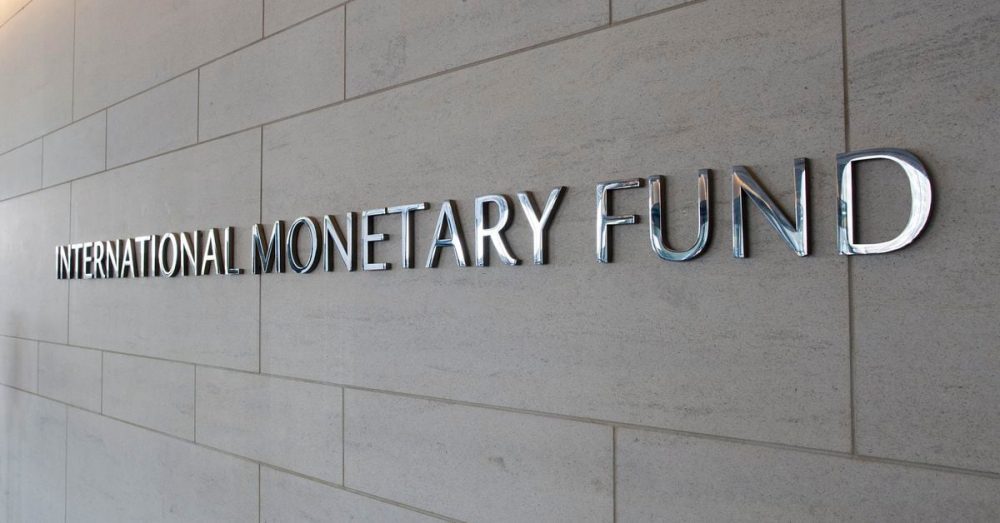A well-designed central bank digital currency can improve payment systems even as other solutions proliferate, according to staff at the International Monetary Fund (IMF) who are getting ready to publish a handbook on the subject.
A paper presenting initial findings on CBDCs to the IMF’s executive board published Tuesday said it offers “initial guidance” to policymakers on how to explore broader implications of national digital currencies. The planned handbook coming after the 2023 annual meetings will address a range of frequently asked questions covering everything from policy objectives and legal considerations to cyber resilience and readiness to issue.
Governments around the world are feeling pressure from international organizations to consider digital versions of sovereign currencies as a way to strengthen digital payments and improve financial inclusion. During a Wednesday speech, IMF Managing Director Kristalina Georgieva said CBDCs could replace cash in island economies, and that the public sector should continue working to support the issuance of such currencies.
While policymakers in the U.S. are not too sweet on a digital dollar, other major jurisdictions like the European Union seem more amenable to CBDCs, with an official at the Bank of Italy telling CNBC on Wednesday that a digital euro would be the answer to private crypto that reference fiat currencies – known as stablecoins – and that CBDCs protect public interest where private cryptocurrencies do not.
“If appropriately designed, CBDC has the potential to improve payment systems and support a role for central bank money even as other digital payment solutions proliferate. But the appropriateness of CBDC will vary with country circumstances. Given the complexities and the novelty involved, policymakers need to explore CBDC carefully and systematically,” the IMF paper said.
The organization is planning more notes and handbook chapters for 2024.





